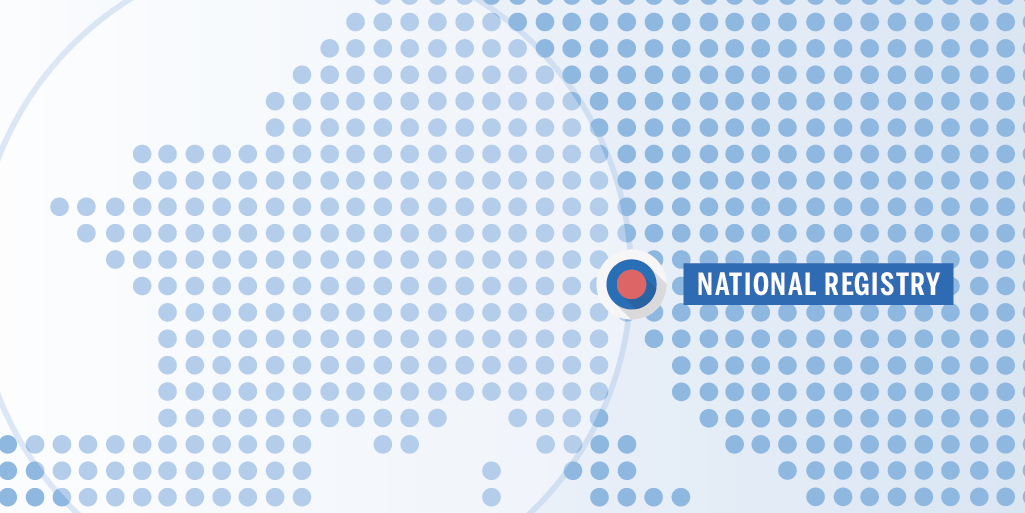openEHR
250 million clinical records stored in Slovenia's Centralised Registry of Patient Data
When Slovenia was deciding on digitalisation, its ambition was to end up with a patient record that is going to hold the information for the lifetime of the patient or even longer. And after ten years, there are more than 250 million clinical records stored in this centralised national patient repository.
The fourth webinar in the Better webinar series "openEHR: Bringing theory to life" was dedicated to the case of Slovenia and its Centralised Registry of Patient Data. The registry provides an integrated care record that makes data available for any digital services, it enables secure access to and exchange of information and an accurate patient summary, and provides health professionals with access to the information they need. The data is stored in an openEHR standard and is based on the Better platform.
Anže Droljc, business development director at Better, explained that Slovenia made an important decision that it didn't just want to implement a national backbone, which would enable the exchange of data between different healthcare providers, but really understood that having data stored centrally, independent of individual IT solutions, is going to be really important. "So the approach Slovenia took was to set up a national patient repository which underpins the overall e-health backbone that was also set up, which then, in turn, will enable collaboration of different vendors, providing different applications and different digital services to healthcare providers as well as patients," he said.
Slovenia decided to store all the discharge summary data and clinical notes from GPs and other encounters of all patients so that wherever a patient went, the information was generated, stored in the centralised register of patient data, and at the same time made available to all the other healthcare providers in Slovenia. "And on top of the repository that was set up, the infrastructure was put in place that enabled the development of different digital services such as patients summary, e-referrals, e-prescriptions, e-vaccination, patient portal, and during Covid, the digital Covid certificate," explained Droljc.
When deciding on a similar approach that Slovenia took, there are a few things to take into consideration. The first one is strong leadership and a vision of where you want to go. "There are different stakeholders with different roles, different ambitions, so having a strong leadership is really important from the start," said Droljc. The next step is the legislation needed to actually set up and then kick-start such a digital solution. "A lot of data is coming together, a lot of stakeholders are being integrated, so the legislation must follow what you're trying to do. Working with different stakeholders on a national level, building such a multi-vendor ecosystem also requires proper accreditation and certification of these vendors," we heard at the webinar.
The third thing is having data in a centralised place and accessible to everyone, so it is really important to define and set up access control and consent management. Next, all of the above mentioned needs to be put into a scalable and secure hardware infrastructure. "In this day of age, with all the cyber attacks, it is becoming even more important that the whole security aspect is also taken care of," said Droljc, and continued that in the end, it always comes down to organisation and management of the overall product and set-up. "Once the solution goes live, a competent team that can manage the complexity of such a solution, is a must," he added.

